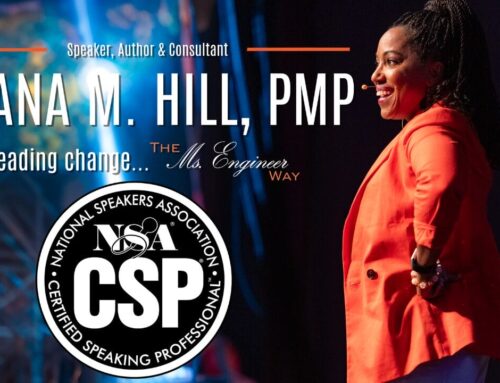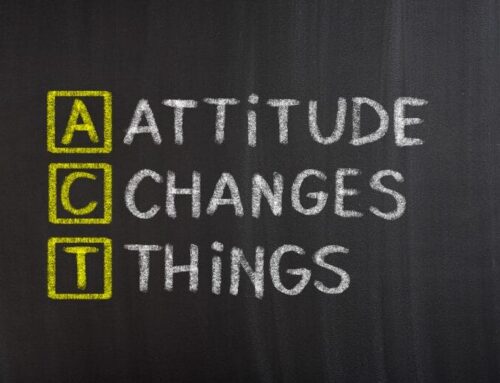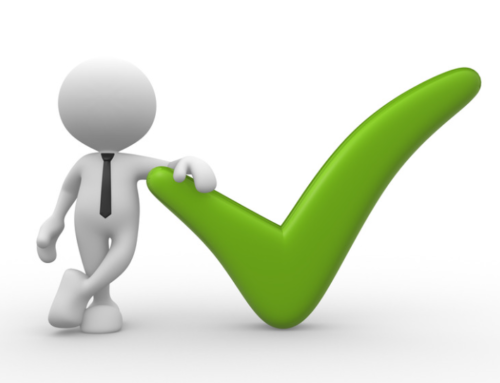When I brought my usual brand of laundry detergent home and went to place it on the shelf… it wouldn’t fit. Perplexed, I inspected the bottle and compared it to the nearly empty one it was scheduled to replace. The brand was the same, the volume was the same, it even had the same fresh scent, but for some reason, the cap design had changed. This bottle had a taller cap than its predecessor. I couldn’t see a benefit to the change, it wasn’t better, it didn’t prevent spills, it was just different. And for me, it was a negative change because the bottle no longer fit on my shelf!
No doubt this seemingly innocuous change was the result of months of planning, many meetings, consultations with designers and product development managers. While I can assume there was a business reason for making the change (different top manufacturer, improving their environmental impact by redesigning the cap) as an end user, I’m left in the dark. I wasn’t consulted and the change impacted me!
Changes always have consequences.
While the manufacturer didn’t intend to disrupt the organization of my laundry room, their change had consequences. And even the smallest change in one area can have an impact in other, unintended, areas. The key is to consider the various possibilities and weigh them against the benefits. Consider the impact on the ‘end user’ – whether that’s customers, stakeholders or employees, someone will be directly impacted by the change.
We are in a period of extreme change that brings both challenges and opportunities. The current dialogue around ‘hybrid working’ will have some people cheering and others fearing. This is a major rethink and re-design of work – a reassessing of ways of working we have long accepted as the status quo. Not all the changes will be positive ones and the impact is unlikely to be equitable. As a leader or manager you likely won’t foresee all the potential consequences so engaging your people in conversation as early as possible will be key.
Researchers who were exploring more flexible ways of working (even before COVID hit), found that “having some say in when, where, and how they work is highly valued by many employees, and can be good for a company’s bottom line”. It’s important to recognize that change is not a ‘one-size-fits-all’ experience – and that it happens at an individual, team and organizational level.
One way to approach change is to start by asking ‘what will success look like’. For the laundry detergent company that would be more, happier customers. For your team that could be increased productivity, less burnout, more focus on high value work, reduced red tape.
I don’t know about you, but I feel engaged with change when I have a say, when I understand what the change is and why it’s necessary. We’ve just had a huge collective experience. Doesn’t it make sense to now lean into the collective insights, resilience and learnings as we plot the way forward?






